A webinar was held on 9 July 2020 on “India China Standoff at Ladakh and its Impact on Kashmir” under the auspices of Karachi Council of Foreign Relations (KCFR), Chaired by Chairman of the Council, Ikram Sehgal. Dr. Huma Baqai, Vice Chair, KCFR moderated the Webinar. Prominent speakers were HE Sardar Masood Khan (President, AJ&K), Senator Mushahid Hussain Syed (Chairman, Foreign Relations Committee) and Ambassador Mustafa Kamal Kazi (Senior vice Chair, KCFR).
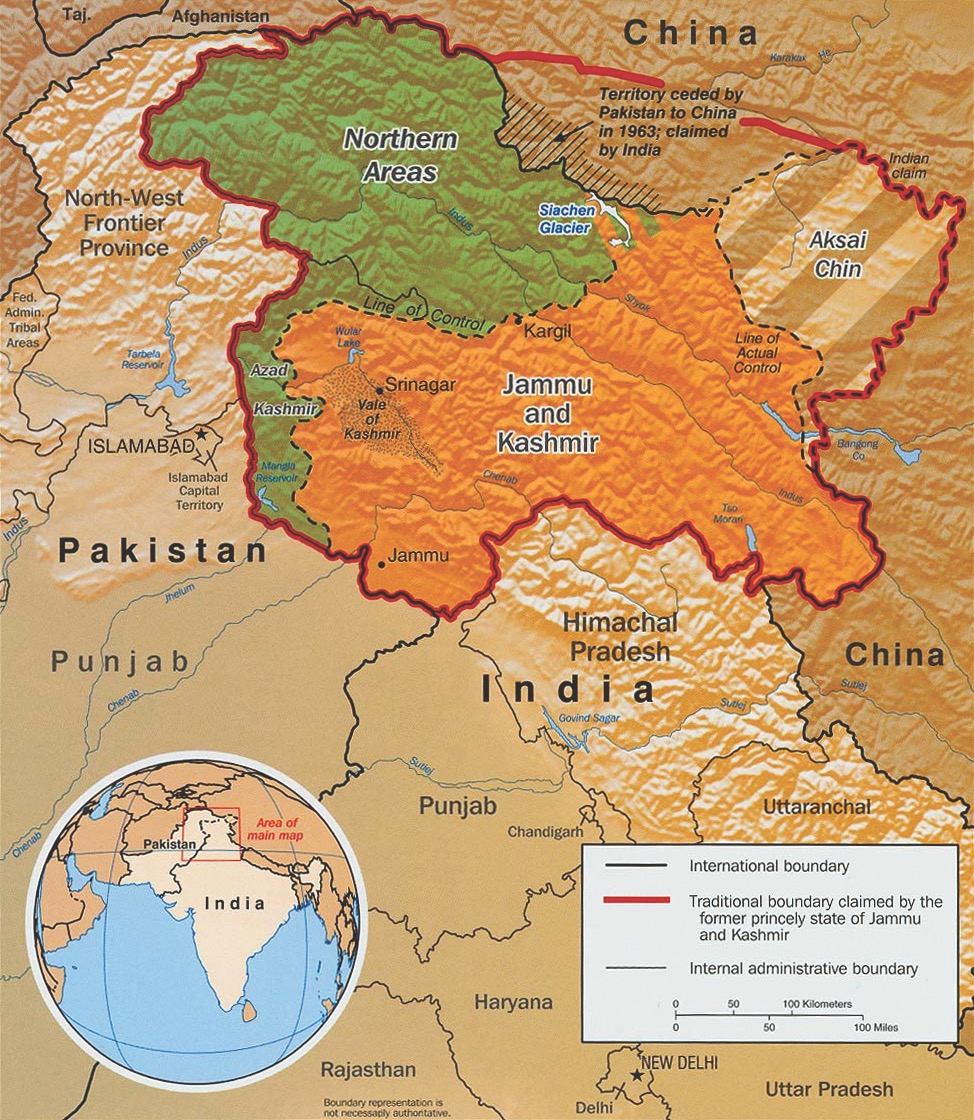
Asked by Dr. Huma Baqai to initiate discussions Senator Mushahid Hussain maintained that India is the only country apart from Israel which has expanded its border though use of force. He raised three major questions, firstly, what is the root of the crisis that led to the India-China standoff, secondly, what are the implications for Kashmir and Pakistan and thirdly, what should be the way forward in terms of policy. He said that this crisis is of the making of Narendra Modi who made the same miscalculation as Nehru made in 1962 Nehru also had an imperial mindset, fifty years later an action replay was seen, Nehru’s mindset was reinforced by Modi’s ideological zeal. The crisis started on 5th August 2019 when India announced annexation of Occupied Kashmir and Ladakh and then declared them as Union Territory, despite this being disputed territory between China and India. The Chinese Ministry of Foreign Affairs said that the Indian action was unacceptable, this was also denounced by Pakistan. The very next day on 6th August 2019, Mr. Amit Shah (President, BJP and Indian Home Minister) announced that Azad Kashmir, Gilgit Baltistan and Aksai Chin are integral part of India and they would die fighting get it back. Aksai Chin is that part of China that links up to two important provinces Xinjiang with Tibet and there is a strategic highway called NH219 next to Ladakh. This statement was repeated by Chief of Army Staff, General Rawat and also by Indian Defense Minister, Rajnath Singh who then went to Ladakh in October 2019 to inaugurate some infrastructure and also a highway called the ‘Darpuk Shyok Daulat Beg Oldie Road (DSDBO) of 255 kilometers (KM) along the line of actual control between China and India and mind you there is no demarcation on the ground and there is no delineated on the map, so it’s called “The Line of Actual Control LAC)” like ours is the Line of Control and this road about 9 kilometer from Aksai Chin. This is a very strategic road, close to China’s Xinjiang Province, that was inaugurated and in November 2019 and a map released by Indian Government showed all these territories as part of India, including parts of Nepal, which created a reaction in Nepal and also in China. With such irritant claims India is probably the only country apart from Israel which expanded its border though military conquest and through use of force. This was the context in which the conflict took place on 15 June 2020. What are the implications? There are three major implications 1, if we talk of Jammu and Kashmir it is now a trilateral issue, Kashmiri people are there, Pakistan, China and India. Mushahid Syed reiterated that China also reaffirmed its old position which was there 40 years ago that the Kashmir issue should be resolved according to UN Security Council resolution, the second implication, the two front military scenario, it’s not only China but it is also Pakistan and that strategic area which is close to Siachen and which is also close to Xinjiang, Tibet and also to Gilgit Baltistan and Azad Kashmir, that is the nightmare for Indian strategists. And the third important element in this current situation is that they are also now facing China Pakistan Economic Corridor (CPEC), Gilgit Baltistan Azad Kashmir as part of the core interest, because when you look at the region you cannot compartmentalize what is happening on that area vis a vis Xinjiang, Tibet and Aksai Chin and also what is happening in Gilgit Baltistan, Azad Kashmir and CPEC. CPEC is the flagship of Belt and Road Initiative (BRI), so this area is defined as the core interest and I think the coordination between China and Pakistan is there. Recently, two major projects were launched. For the future it is important we not repeat old mistakes,
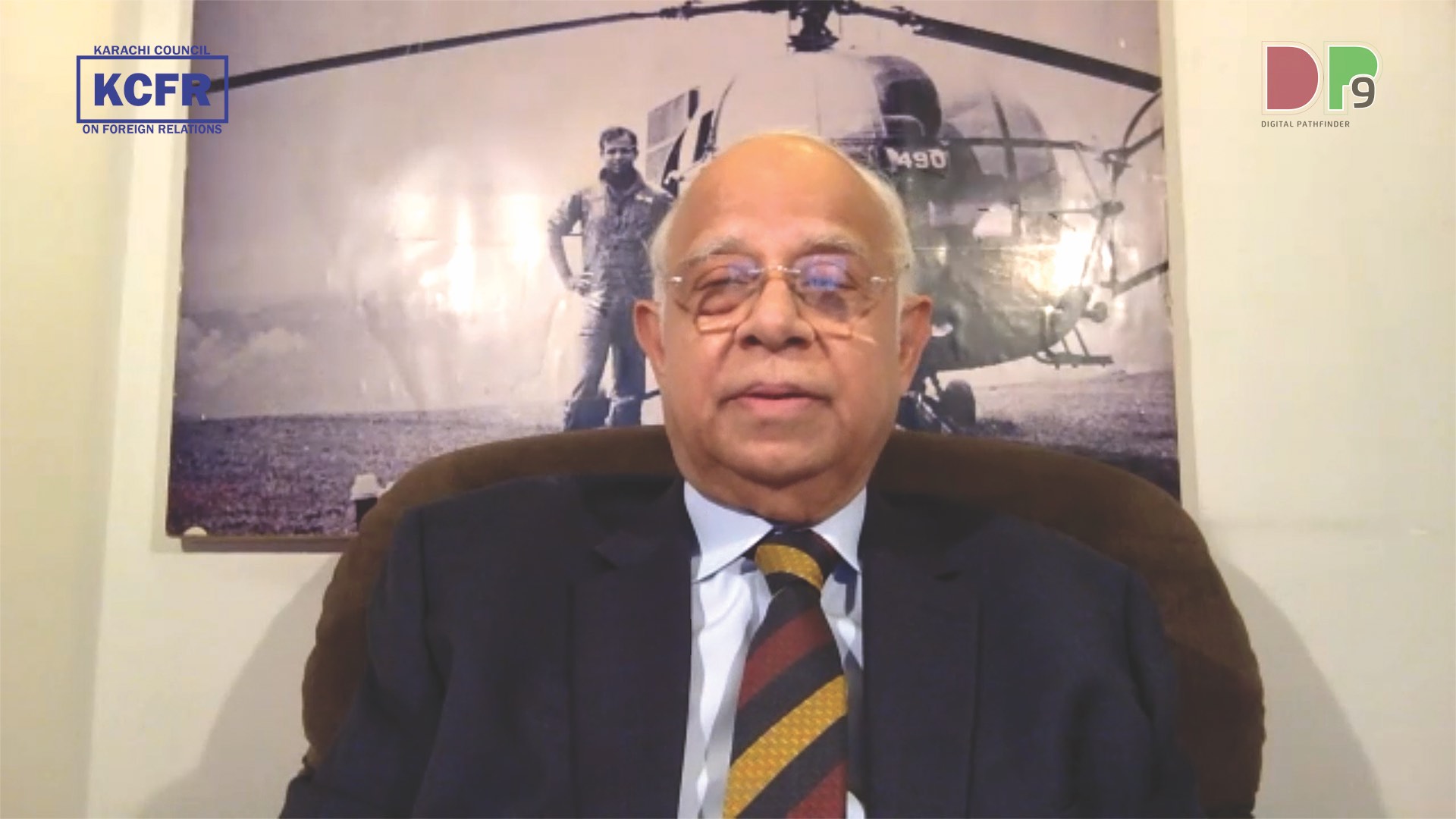

I think we miscalculated Modi. In May, before the Indian election we treated Modi as if he would be the answer to the situation and will resolve the Kashmir Issue, I think we misread Mr. Modi. Modi is a die-hard ‘Hindutva Ideologue’ who bears hatred not only for the Muslims of India but also for Pakistan, and they have this dream of ‘Akhand Bharat’ or Greater India, we should be careful about that. Secondly, it is very important that when we see the situation India has already launched ‘a hybrid warfare’ I do not anticipate a formal Indian attack on Pakistan, the kind they had in Balakot because when they attacked they realized that we didn’t blink and we fought back, they had to back off. Their hybrid war we saw at Karachi Stock Exchange earlier in July, as well as in Ghotki, the attacks on Rangers in Larkana and Karachi.
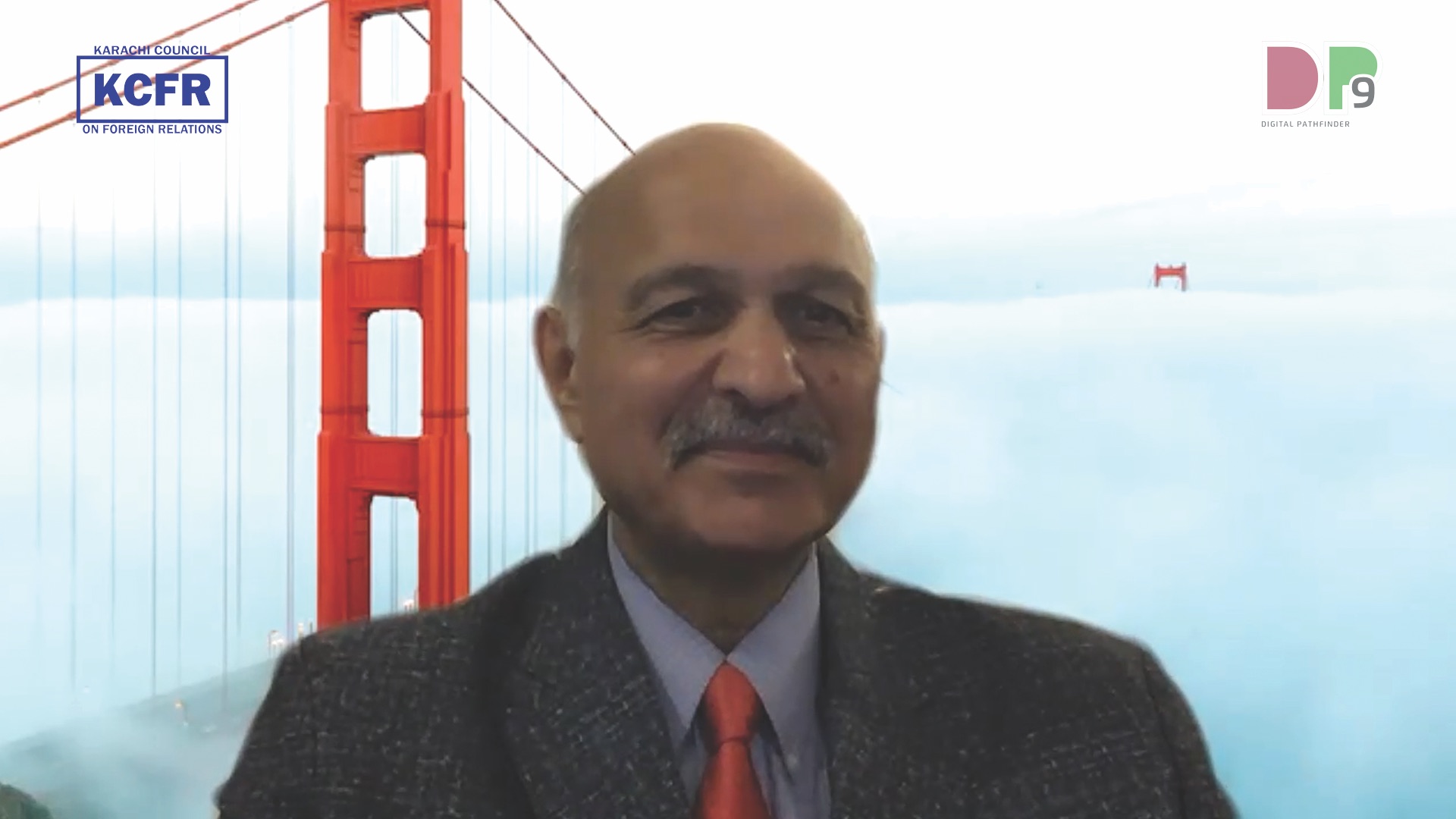
I think all these are clearly RAW sponsored and we have to be ready for this covert operation which is directed against Pakistan and Pakistan China Friendship also. The third aspect is we have ignored the region in foreign policy terms, South Asia specially Bangladesh, Nepal and Sri Lank, to varying degrees have been subjected to hybrid warfare by India. Nepal has stood up to India and have shown their own Map, defying the Indians, Bangladesh for the first time has been trying an Indian spy which has never happened before, Sri Lanka also has reinforced its relations with China for Belt and Road Initiative. All these three countries are part of the Belt and Road Initiative (BRI) of which Pakistan’s CPEC is the flagship. So Pakistan foreign policy also need to revamp itself and focus on that area, we also have to finally prevent that new cold war which some in the west are trying to conjure up, it should not come to our part of the world specially South Asia because after having peace in Afghanistan after promoting new peace process they cannot afford a new cold war. China definitely doesn’t want that, in a very important speech by Chinese Foreign Minister Mr. Wangi, he said China is ready to cooperate with the US in areas where there are differences which can be resolved through dialogue and they are going to cooperate on Afghanistan. This situation provides a geo-political breather strategic space and greater room because India is on the defensive. The US needs Pakistan for the Afghan peace process. The US is busy with the elections that may go either way, it seems that Mr. Trump may lose also, so Pakistan has greater room to maneuver. Thanks to CPEC we are the hub of regional connectivity with South Asia with Central Asia, with Iran, Afghanistan and also the Gulf region through ports and pipeline, roads, railways and economy and energy. So these are opportunities that Pakistan needs to grasp and a very clear policy on South Asia on Kashmir, this is a good opportunity to take Kashmir to center stage because India is being attacked all over the world by parliamentarians, think tanks and by human rights organizations. A recent statement by Mr. Joe Biden, the American Democratic Presidential candidate, castigated India for human rights violations. The opportunity for Pakistan to preserve and protect the interest of the Kashmiri people and push them forward which is conducive for promoting our strategic interest in South Asia..
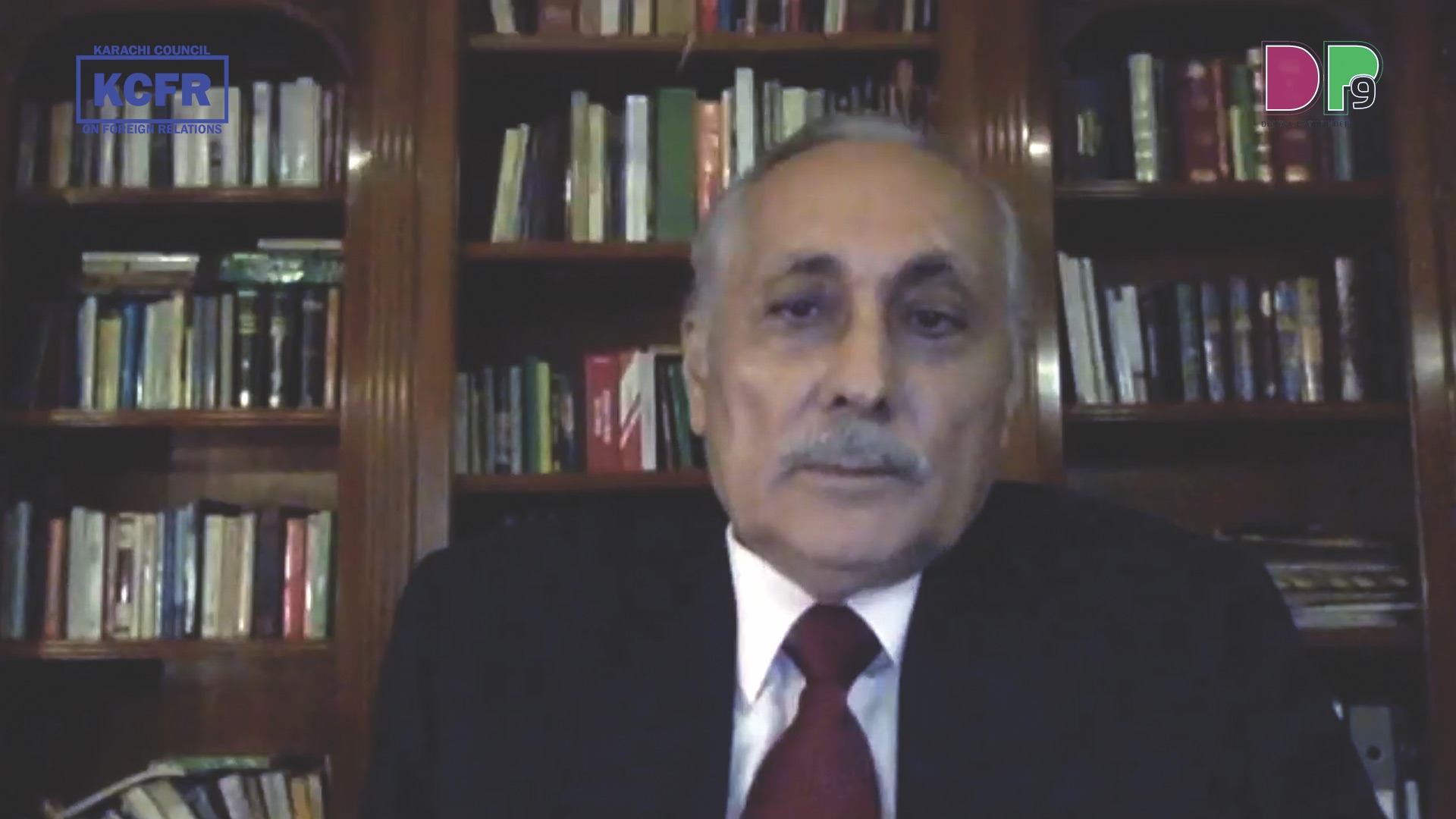
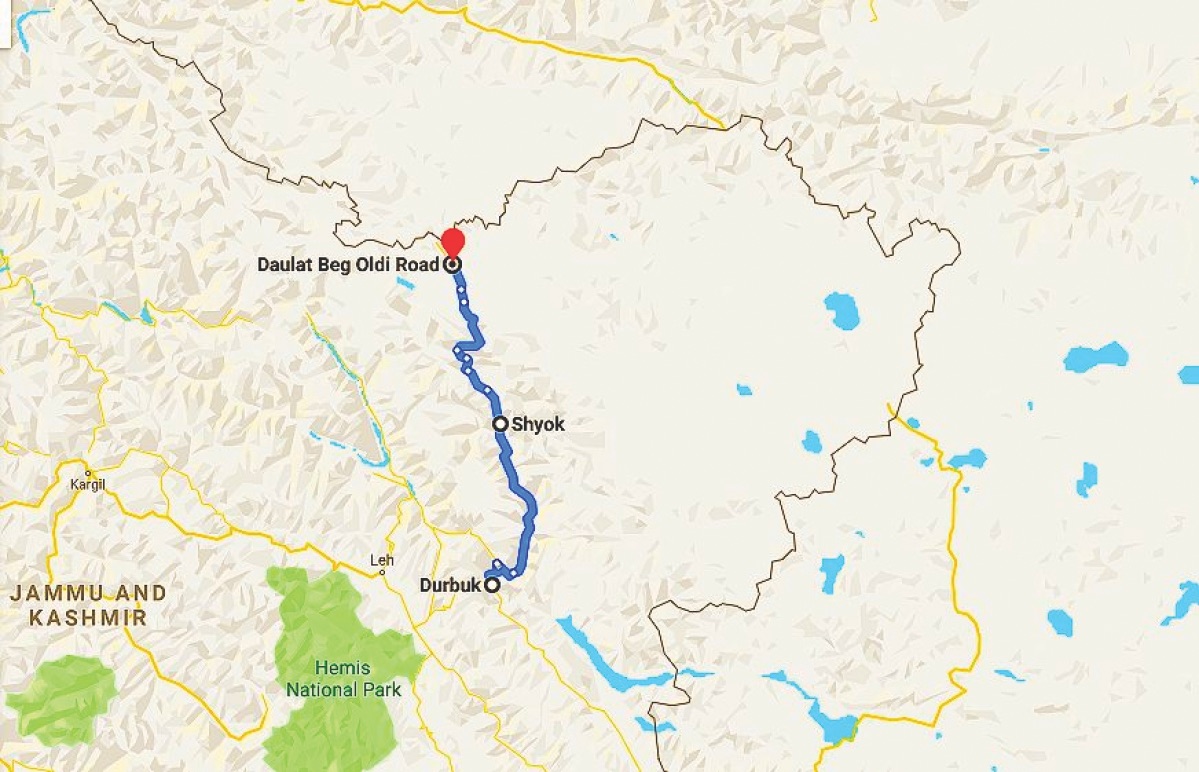
Ambassador Mustafa Kamal Kazi said that Mushahid Husain had made his task easy with his brilliant analysis and exposed the whole scenario. He said he will start with PM Modi’s address to his nation where he assured countrymen that no territory was intruded by Chinese, this actually means that the incident in which more than 20 Indian soldier died was actually an attack on the Chinese post. This was an act of aggression by Indian soldiers to take over the post but the Chinese gave a befitting reply, that is the first element of contradiction deliberately cause by India. Second point, as stated by Senator Mushahid Husain Syed there has never been a history of border between China and India and Ladakh has never been delineated. It is very difficult terrain glaciated and of high altitude, so all this claim about the past record are sheer lies, only Line of Actual Control was established by Indo-China war of 1962 in which India suffered humiliating defeat. So the Indian claim of Line of Actual Control is, said Mustafa Kamal, wishful perception and this where the fluctuation and gaps between Indian claim that perceived Line of Actual Control (LAC) and the Chinese line of Control is where the problem lies.
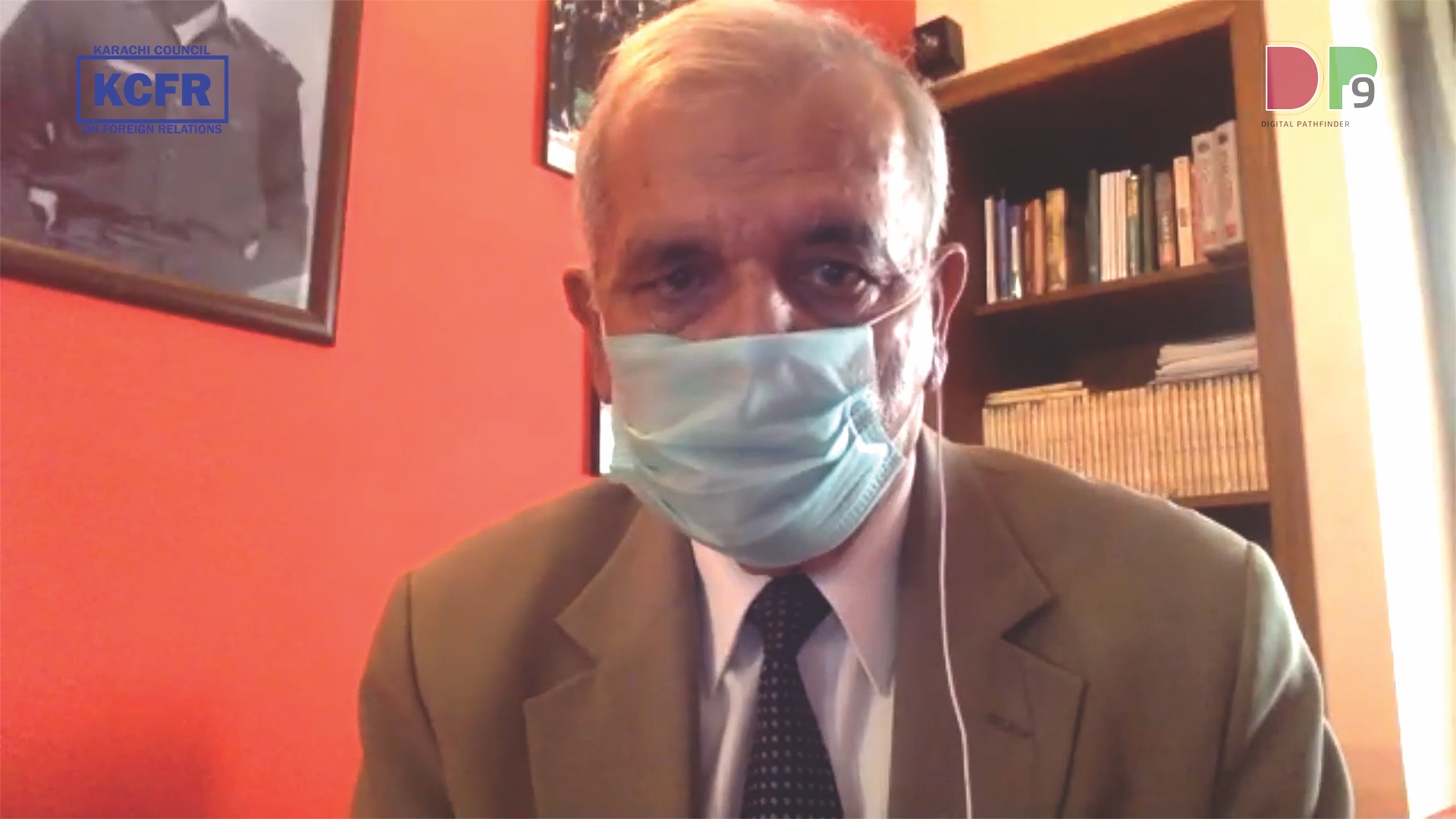
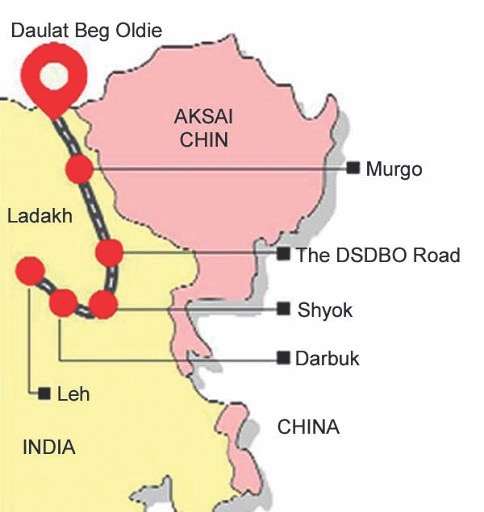
Actually after the 1962 Indo-China war, China as a gesture of goodwill in the interest of peace and tranquility withdrew its position from advance positions on the clear understanding that the area vacated would not be re-occupied by either side. Secondly, China retains its claim on the territory which it considers belongs to it. Third, pending the finalization of talks between the two countries and the settlement of the border issue both side can follow agreed protocols on confidence building and peaceful management of the border region and establishment of the working mechanism for consultation and coordination on India China border. But what actually happened, since Modi rose to power was India’s creeping incursion in Pangong Tasur Lake, Gallowan River and hot stream sectors in Ladakh, besides that buildup of threatening military structure. As the construction of this road last year between Leh and Daulat Beg has no other purpose except military as it reduces the journey of Indian military personnel and equipment over a treacherous and high altitude terrain from two days to 6 hours. It runs through the disputed Shyok and Gallowan Valley close to the Chinese claimed Line of Actual Control, its terminus at Daulat Beg Oldie as at the tip of the Karakoram Pass and as such threatens Gilgit Baltistan and our Karakoram Highway.
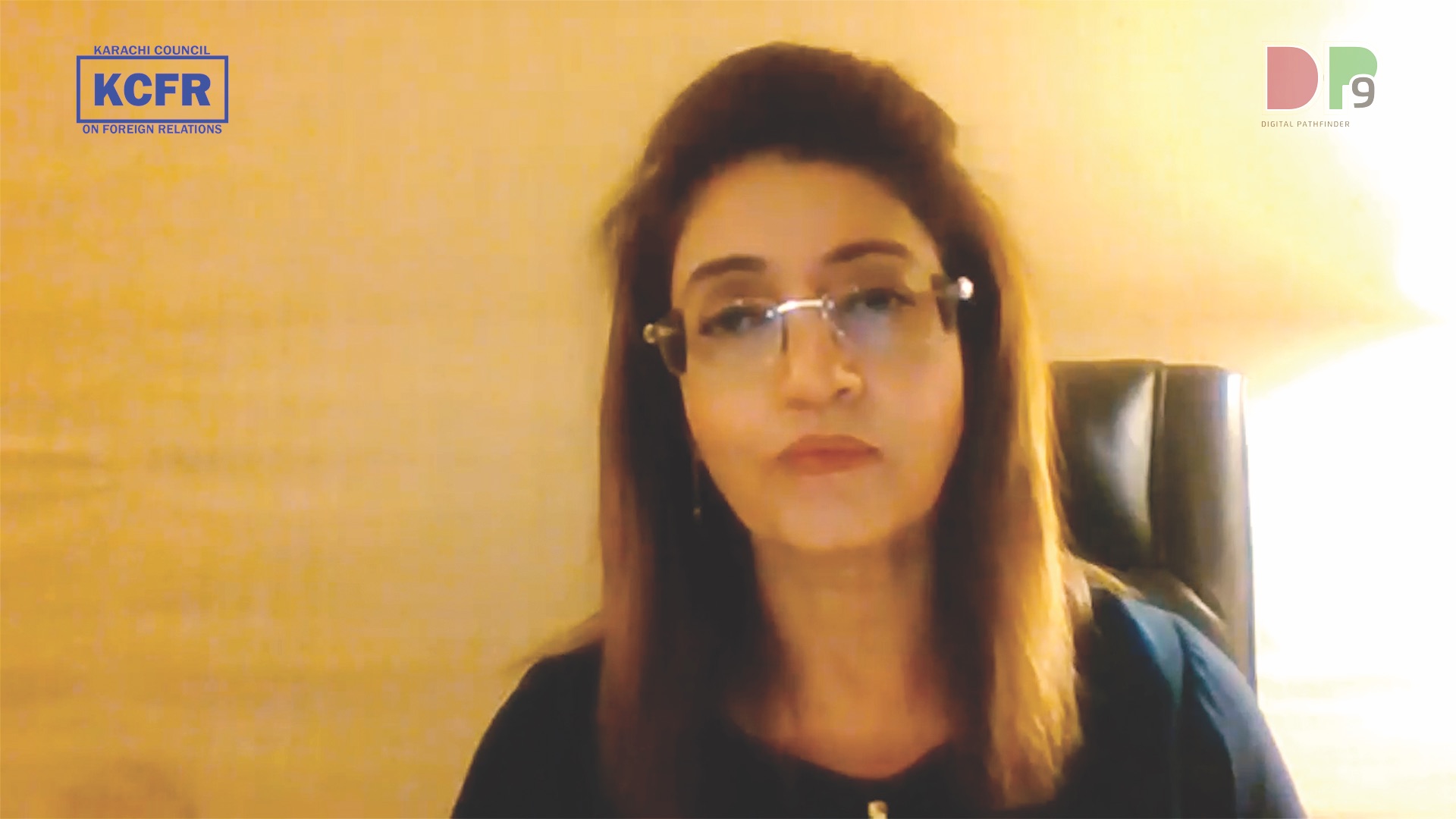
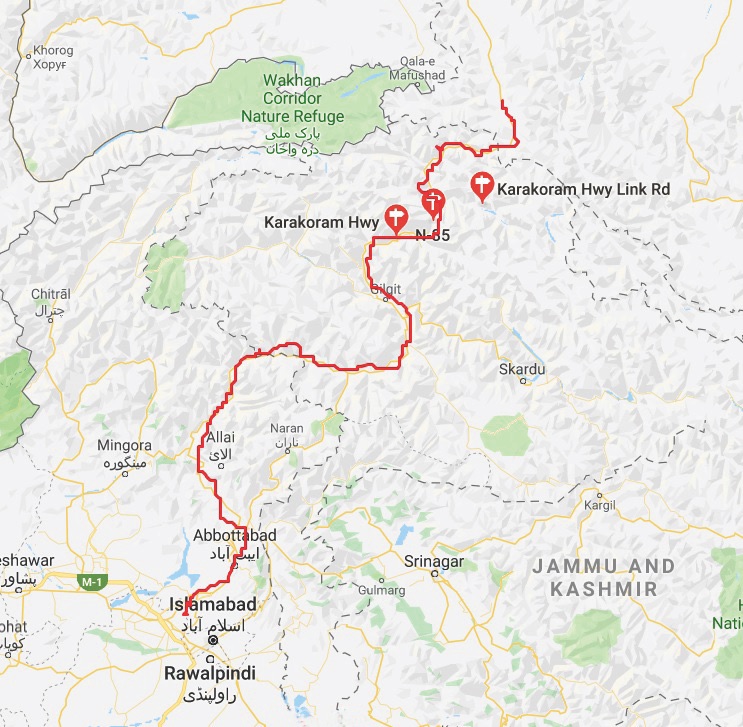
The construction of road has far reaching consequences for both China and Pakistan. The buildup of military infrastructure, threatening China in the disputed border region is clear violation of all agreements signed in 1993, 1995, 1996, 2005 and 2012 and 2013 with China. The crux of these agreements revolves around enshrined objective of peace and tranquility between the two countries. But India has not respected this enshrined objective of peace and tranquility which can be seen by its creeping ingress in the area vacated by China as a friendly buffer and confidence building measure gradually after 1962 war. These facts expose India’s duplicity compelling China to assert its position on disputed region. This is clear violation which affects not only China, but also Pakistan, so I am very intrigued at the lack of boldness of our diplomacy on the subject, our armed forces have enough capability to deal with the situation, history and depth of our relationship is well-known to the rest of the world, besides we have demonstrated to the world by maintaining our bonds and cooperation with

US and other western countries. We are faced with the declared Indian threat to Gilgit and Baltistan, Azad Kashmir and CPEC and above all the suffering of the people of Indian Occupied Kashmir. Firstly, we should not allow India to under estimate our strategic and military capabilities, even though we are going through very challenging times economically and some other respects. Secondly, we should speedup our diplomacy to redouble efforts in western countries pointing out the dangers of Hindu extremist and fascist India, non-liberal and expansionist India would neither be at peace domestically nor regional. Systemic oppression of minorities by Modi government and inhuman treatment of Kashmiris have their own consequences. This fascist regime is a reenactment of Nazi Germany in Asia. Today, Modi’s India stands isolated in South Asia, which has even not spared Nepal which has also risen against Indian expansionism. India is member of Washington Indo-Pacific strategy and the Trump administration has allocated US$ 1.5 Billion to ensure that the region is free from Chinese Influence i.e. what the White House describes as ‘malign’ China influence. The strategy includes Pentagon plan to build partnerships into a security architecture. India is also a member of Quadrilateral security dialogue formed by USA, Australia, Japan and India which involve plans against China. Deception, duplicity and dancing between two major power has been hallmark of Indian diplomacy but this has never been as cruel as in Modi’s India. It is really a disgrace for a country of 1.3 billion to become part of alliances and arrangements to crush the promise of Asian century which China’s rise promises for Asia. There are signs of Indian failure in East Asia, it is only country to opt out because of China from 15 member regional comprehensive economic partnership, treaty to be signed shortly by the ten Asian countries and five trading partners China Australia, South Korea and New Zealand. India was part of this arrangement but opted out as a protest against China. It is because the East Asian countries are conscious of the threat. India can never substitute China as a global supply chain so necessary for the revival of the economy. There is growing awareness in the EU, Washington will also have to accept this reality as well, the dangers posed by fascist India. This is where we should work and activate our diplomacy about the threat posed by fascist India to the entire region, to Asia and the entire world.
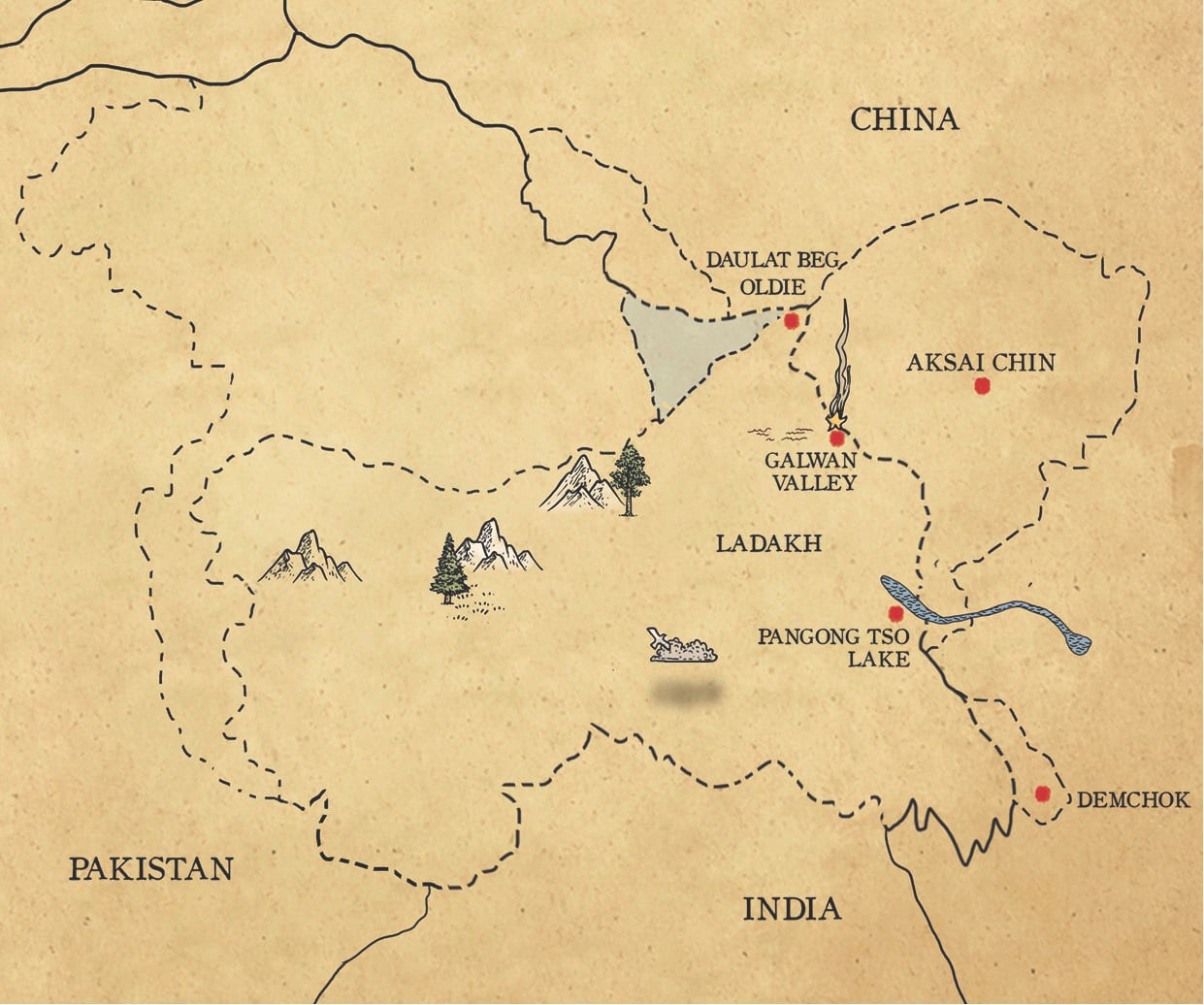
Sardar Masood Khan, President Azad Jammu and Kashmir said the disengagement seen in the last 4-5 days was direct result of what was happening in South China Sea; the statement of Mike Pompeo is an indicator that the United States is squarely behind whatever India is doing and narrowing it down to the standoff between Pakistan and India on the issue of Kashmir. This year we have experienced over 1500 violations across the LoC, quoting a journalist she said that India China faceoff in Ladakh might eventually turnout to become a sideshow which may become military confrontation between Pakistan and India along their long border in Kashmir. When China responded to India’s provocation, we saw US squarely behind it. The same provocation is happening with Pakistan by India, the situation on Kashmir you are more aware of the situation than I am? Do you see coming to Pakistan savior.
Sardar Masood asked “Why did Ladakh” happen? The immediate trigger being India’s zeal for expansionism, and the step they took on August 5, 2019 and October 31st and April 2nd are very important this year. India introduced new domicile rule as they want to change the demographic composition by reducing Muslim majority to a minority. The AJK president termed bifurcation of Ladakh from Jammu and Kashmir state and declaring it as a union territory and threats of attacks on AJK, G-B and Aksai Chin to incorporate them into Indian union as an immediate trigger of a military clash between India and China.
Masood said that China took the Kashmir issue to the UN Security Council for the first time after 50 years, while Pakistan with the help of China, succeeded to convene three informal Security Council sessions on Kashmir. Later, China compelled the Indian Army moving towards Gulwan valley of Ladakh to retreat.
At Ladakh China took a very firm and robust step to defend it sovereignty and territorial integrity. India had become emboldened because it was killing Kashmiris and they thought there was no barrier they started building roads, building and bridges and infra-structure. And they were targeting the BRI and China Pakistan Economic Corridor. When India tried to infringe upon the Line of Actual Control it met firm opposition and a firm response from China. Masood Khan pointed out that India is at war with its neighbors in South Asia and it has declared a war against his own citizens particularly Muslims, it is trying to consolidate its occupation and colonization in the Indian occupied Jammu and Kashmir. He revealed that Hindutva is the doctrine behind all these aggressive moves vis-à-vis its neighbors in South Asia and also against China. He said that a hybrid war been there for decades between India and Pakistan. We also know that United States is using India as a pawn in South Asian and East Asian, one aim is to develop a counterweight to decelerate China’s progress at the regional and the international level. India has falsely promised Washington that it would perform that role. Obviously the BRI and CPEC are direct target of Indian planners because the BRI has expanded beyond their imagination, some 70 plus countries have subscribed to this mega project which is trans-continental. Then you have CPEC in many other corridors and the Chinese presence in the Indian Ocean and Asia pacific region is increasing. And that is why China’s increasing presence is on the agenda of the Quadrilateral Group, also known as the ‘Quad’ consisting of India, United States, Australia and Japan. was China rightly felt that United States and India are making moves to encircle China physically, whether it be in so-called Indo-Pacific Region, or the Nicobar Islands or the LOAC, they are fomenting trouble in Tibet and interfering in Xi Jiang. The AJK President was of the view that China never wanted to engage in war with India. He said United States President Donald Trump’s offer for mediation between India and China was not something serious. “This was similar to China offering mediation on the conflict between the US and Mexico. The US will never come to the rescue of India if the situation turns worse.” President Trump has started a trade war with China and lately he blamed China for starting the COVOD-19, so the atmosphere has been vitiated between the two nations and India wants to take advantage of that deteriorating scenario. Sardar Masood Khan also pointed out that despite India’s high expectations the United States now or in the future will not be able to bail it out visa vis China.
India is at war with its neighbors in South Asia, it has declared a war against its own citizens particularly Muslims but it has been Isolated now with most European countries who have been neutrally and partially observing the situation. India has emphasized that Jammu was an internal issue but the developments in recent part and at and around Ladakh have further internationalized the issue of Jammu and Kashmir. There is a serious possibility of false flag operation by India to accelerate the pace of proxy war in Pakistan and to attack Azad Kashmir though this sub-conventional and non-conventional means. The threat is still very much there. The rest of the world is watching Ladakh and it is now more attentive to the Kashmir region or China-India relations. we are talking about three nuclear power in the region and we are also talking about miscalculation or by deliberate move some sort of nuclear exchange takes place could lead to instant death of 125 million people.
The AJ&L President further stressed China-Pakistan relations should be further strengthened and in order to counter India we need to remove our internal weaknesses by improving our economy, narrative building on the danger posed by the doctrine of Hindutva at national and international level and creating an environment of national unity and cohesion. He said Pakistan and China are doing joint exercises inside China, we need to invest more in such exercises to increase and enhance inter-operability in our defense system. Pakistan should also try to increase the number of friends all over the world. He further said that we should prepare for a war because Indian attitude was aggravating, destabilizing and aggressive so we should take no chances. I should complement China on its maturity after the clash one sees jingoism in India, in contrast China was much more restrained. We should be prepared for aggressive reaction from India, I think China is vulnerable in this regard and so are we because India may use this opportunity in coming months, may be in August and September to show its anger and the direction of that displacement would be towards Pakistan. There is high possibility that India could interfere in Tibet and Xi Jiang, with US abetment in the Indo-Pacific region and South East Asian region. Let me also highlight that in the aftermath of the emergence of the BRI and also COVID-19, we have a new world order symbolize by the Belt and Road Initiative (BRI). And it is an alternative world order. It has its own financial system symbolize by AIIB, while it may be in infancy but it has capacity to compete with the existing world order and the Americans are aware that this new world order is emerging.
The AJ&L President further stressed China- Pakistan relations should be further strengthened and in order to counter India we need to remove our internal weaknesses by improving our economy, narrative building on the danger posed by the doctrine of Hindutva at national and international level and creating an environment of national unity and cohesion. He said Pakistan and China are doing joint exercises inside China, we need to invest more in such exercises to increase and enhance inter-operability in our defense system. Pakistan should also try to increase the number of friends all over the world
As far as Pakistan is concerned while we enjoy very close ties with China, we should also give space to United States either because of Afghanistan or because of this rapprochement that took place in the recent past. India is a very fragile state and a volatile state and I think it is a disruptive force in region, so there is a serious peril that on the watch of BJP and Rashtriya Swayamsevak Sangh (RSS) the state might start to disintegrate, because as I have earlier said that it has declared a war against its own citizens and I am not talking only about Kashmiris. As far as Pakistan is concerned Pakistan’s economy is the key, I think all of Pakistanis with the help of its allies we should try to strengthen our economy. My last point is while we are investing our time and skills in the CPEC which will forge stronger ties between Pakistan and China, the narrative is negative and against CPEC by some western countries and Indian propagandists, we have to invest in narrative building to project the facts as they are. We must make Pakistan into a hub of economic activity.
Moderator Dr. Huma Baqai asked if Pakistan is heading towards a ‘Hot war’ because whatever happened between China and India would eventually result in war on a long border and asked firstly, Mr. Mushahid Hussain Syed and thereafter President Azad, Jammu and Kashmir to respond to the question.
Mushahid Hussain replied that in his view we are not heading towards a hot war for two/three reasons. India is still nursing it wounds after getting a thrashing from China, secondly, last year when they tried to test us at Balakot, we fought back hard showing we have the will and the capability by shooting down two of their fighter jets. Later the Indian Abhi Nandan who was captured was released as gesture of goodwill also, and thirdly, the Americans want Pakistan for the time being for the Afghan peace process and cannot afford to unleash India because that would destabilize the afghan peace process. But the hybrid war has already begun at Ghotki, Larkana and Karachi, the failed attack on the Karachi Stock Exchange by RAW is part of this process. India is a bully and the mentality of a bully is if you blink then they will hit you hard but if you don’t back off and hit them hard instead they will back off. While we have done that, we should get ready hybrid warfare and covert operation. China is already doing strategic signaling. The statement of Mr. Wangi, the Chinese Foreign Minister where he offered an olive branch to America is significant saying where we have differences we should resolve them and where we disagree then we should agree to disagree. China is also speaking from a position of strength.

Ikram Sehgal Chairman KCFR said that the he had the privilege and pleasure of flying in the Karakoram Mountains 50 years ago, “so I have an idea of the terrain and I have an idea what the things are. I think strategically the major point of concern for me was the nearness of Daulat Baig to the Karakoram Highway and the fact that the Indians are repeatedly interdict in China Pakistan corridor, so that is my first thought”. He said the Indians are actually boxed in by their public and the Bollywood hype, treating their actors and actresses as gods and demigods. Given that India was doing well economically and militarily, Bollywood has been portraying the Indian Armed Forces as if they could take on anyone. However, these claims were hollow and now they find themselves against China in a terrain that is very difficult but is easily accessible by the Chinese side. They have taken on another of dispute from August 5,, 2019, the nature of the game has changed and therefore the dispute has become enlarged, now it is no longer a bilateral dispute between Pakistan and India but a trilateral dispute between Pakistan, India and China, I quite agree with the president of Azad Jammu and Kashmir. We have to have offensive diplomacy, we cannot afford appeasement at places number one or number two, etc. You need to spread the message across to the people. Concluding the webinar the Chairman put emphasis on the lives of the Kashmiris saying that one sees people taking a knee in Berlin or in South Africa for ‘Black Lives Matter’ because of one chokehold on one person. Unless you get that across to the people it will be very difficult. He recalled an image published on social media and elsewhere, where a young boy sitting behind his dead grandfather lying on the road who was killed by Indian forces and being dragged out of the car, the Chair said “People say Black Lives Matter (BLM), I say “KASHMIR LIVES ALSO MATTER”.




